On a difficulty scale of 1 to
turkey, making stuffing seems pretty easy. But haven’t we all taken a bite of stuffing to find yourself chewing through disappointment? Most of us only cook stuffing once a year, so you should do it right. So how do you make sure it lives up to the hype?
I tapped three stuffing experts for advice. While their personal preferences varied, they all agreed on some universal principles of stuffing construction. Here’s everything you need to know to ensure your stuffing reaches its full potential.
1. Choose Your Bread Intentionally
Gone are the days when the most popular option was dry bread crumbs in boxed stuffing mix. “There are many different varieties of stuffing,” says Rosemary Trout, program director of culinary arts and food science at Drexel University. We couldn’t agree more. These days the options are endless, from brioche to ciabatta to white sandwich bread—not to mention cornbread.
Since stuffing is 90 percent bread, the flavor (or lack thereof!) in your bread will greatly impact the flavor of your stuffing. Here’s where personal preference comes in. Some people don’t really want to taste the bread. Delish food director Robert Seixas recommends going with white sandwich bread, which has a “creamy neutral taste” that will “act as more of a vehicle” for the other flavors. On the other hand, if you want the bread to take a stronger role, you might opt for a tangy sourdough or an enriched challah.
Then there’s texture. A few mushy stuffing aficionados might remain, but most people prefer a moist stuffing that holds together without becoming a sodden clump of carbs. According to Trout, achieving this result requires a “dry bread with a larger crumb that will …soak up the stock.” Makinze Gore, Delish senior food editor and developer of our classic stuffing, says, “Crustier breads like a country loaf or sourdough will hold up better.” Beyond this, you could also opt for an enriched brioche or challah which, according to Seixas, will “bring a richness” to the stuffing. Again, be intentional with your choices.
2. Toast For Success
Whatever bread you pick, it’s important to make sure it’s sufficiently dried out so it can absorb all the flavors you add to it. Older recipes often direct cooks to leave the bread out overnight so it becomes stale. But that’s a big mistake!
“Do NOT let your bread cubes dry out overnight on the counter,” Seixas says. He says that while bread left out overnight might dry out a bit, it “counterintuitively still retains moisture.” Trout agrees, saying, “if you use commercially made sandwich bread, it includes additives that keep it from going stale and drying out.”
The best method is to oven-dry the bread. “Cube your bread and place it in an oven on a low heat until the bread feels slightly toasty and dry,” Gore says. Her classic stuffing recipe recommends toasting at 350° for 20 minutes. Trout also suggests “stirring the bread to ensure more even toasting.”
Toasting bread in the oven brings the bonus benefit: browning. “It also causes a little browning…that imparts a toasty note to your stuffing,” Trout says. “It’s another layer of flavor.” We can’t argue with that.
3. Pack In The Flavor
The next step to the ultimate stuffing is perfecting the buttery, herby stock mixture you toss with that toasty bread. Everyone has their favorite blend of onions, celery, herbs—you name it. Whatever you choose, it’s important to really pack them in. “Aromatics are the foundation of flavor,” Seixas says. “Onions, when you cook them down properly, will bring that sweetness. Herbs bring liveliness and energy.”
And don’t underestimate the power of fat. There’s a reason why some of the best recipes out there call for sautéing the onions and herbs in an entire stick of butter, and then melting an additional stick to pour over the bread with the stock. “Fat is a vehicle for flavor,” Seixas says. In other words, it’s responsible for spreading all that flavor through the dish. You might have a double dose of aromatics, but if you don’t have the fat to carry them, your stuffing will taste bland.
4. Don’t Actually Stuff It
It might be called stuffing, but that doesn’t mean you should literally stuff it in your turkey. While some might argue that the turkey juices add a certain special something to the stuffing as it cooks, we firmly believe that the only thing the juices bring to the stuffing is possible salmonella. And, if you cook it long enough to ensure the stuffing reaches a food-safe temperature, your turkey will end up overcooked and dry.
Cook your stuffing in a simple casserole pan and you’ll get a golden crispy top, which is more flavor. You’ll also won’t be limited by the size of your turkey, so you can cook as much as you want. And let’s be honest, if you’re following these tips and making the ultimate stuffing, you’re probably gonna want at least a double batch.

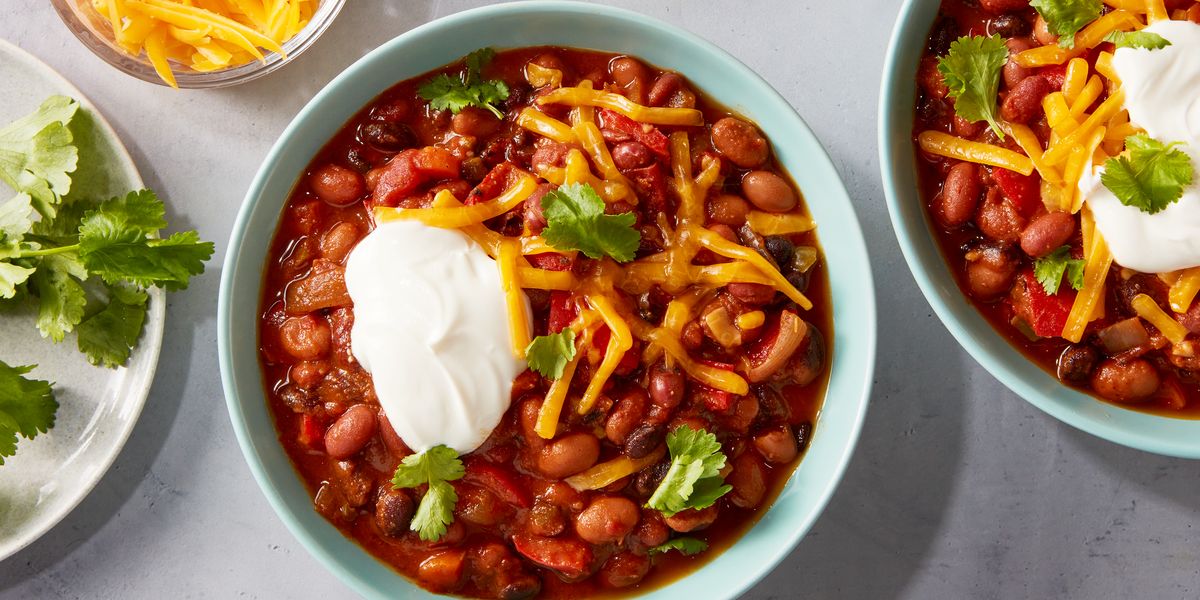

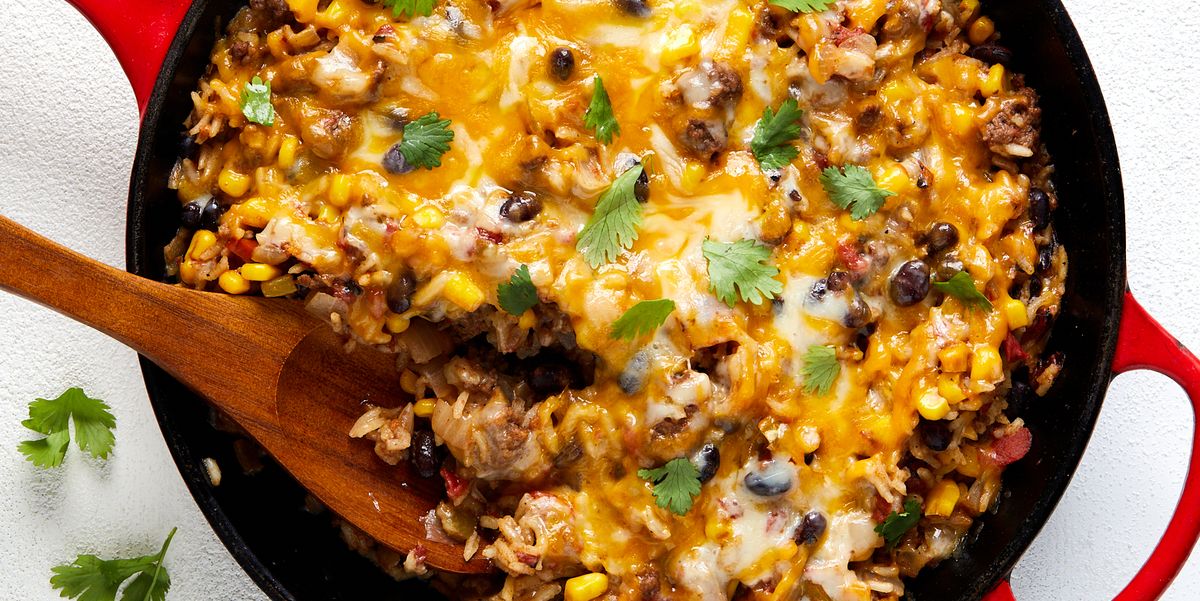
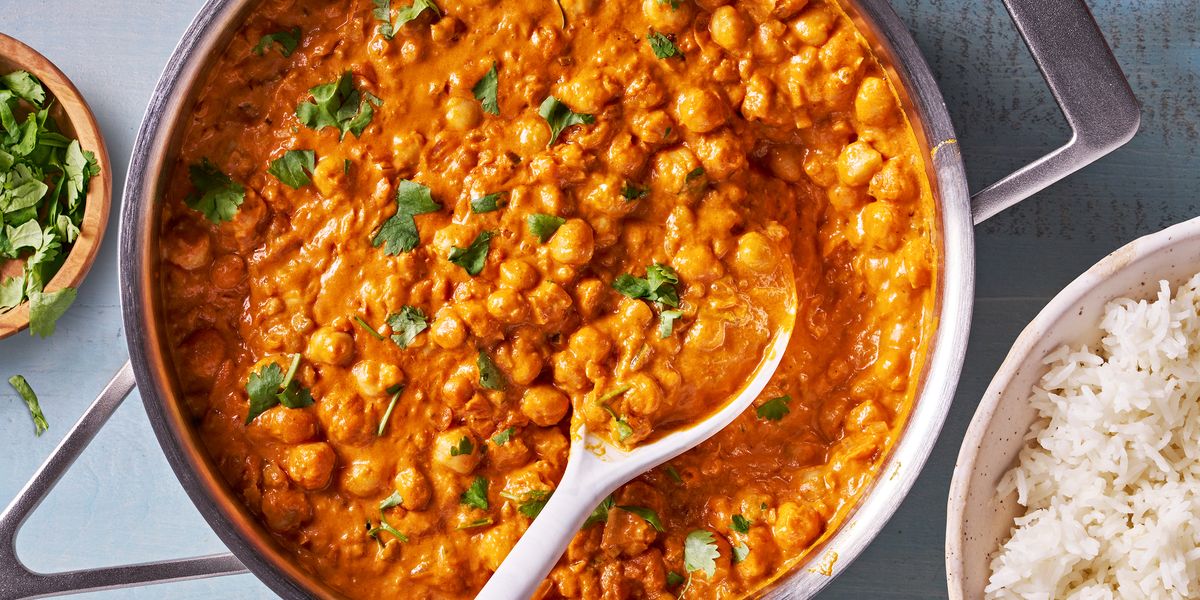

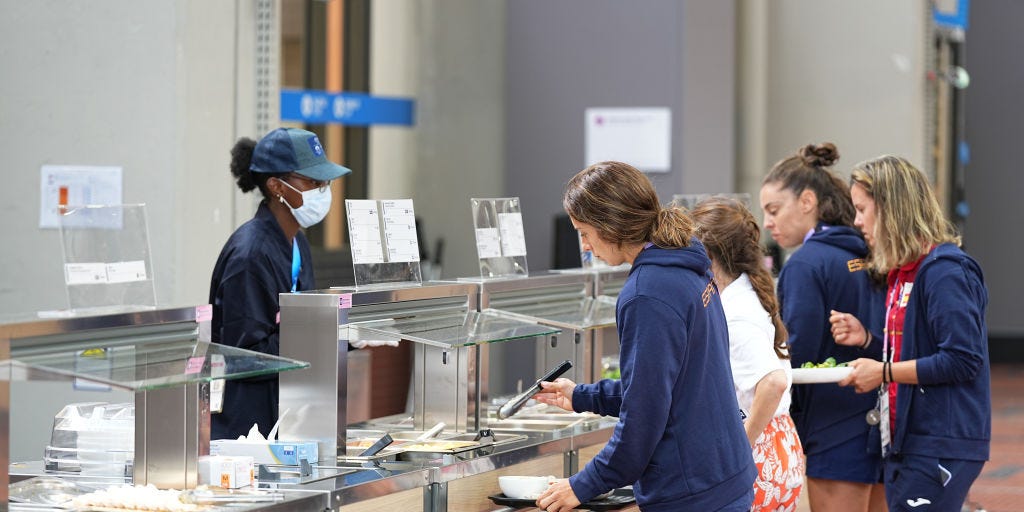


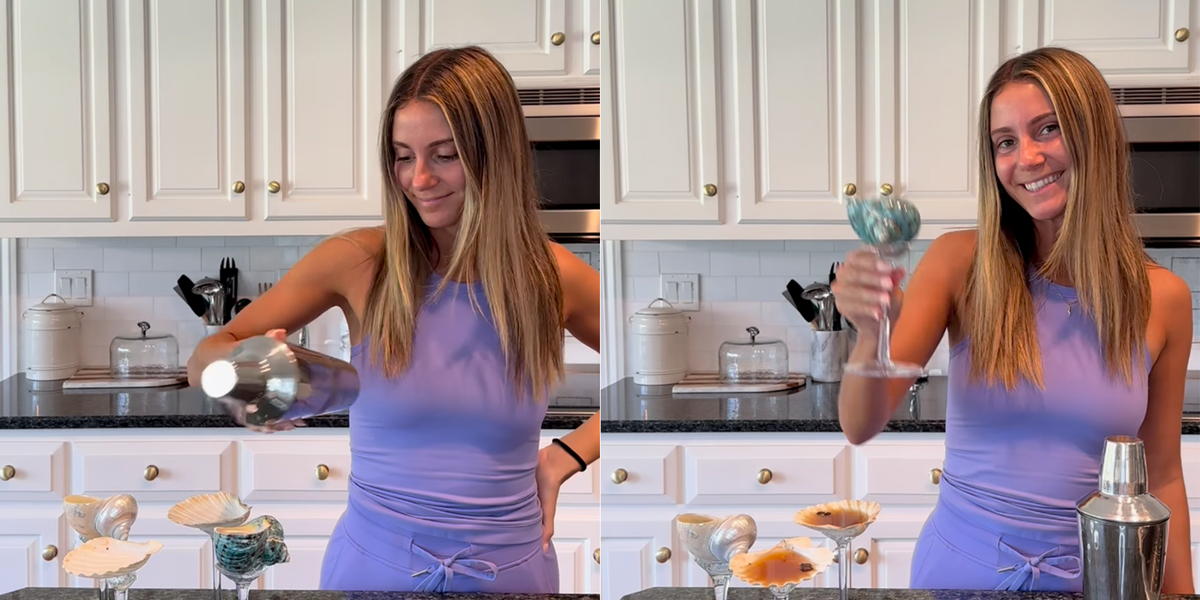





Leave a Reply